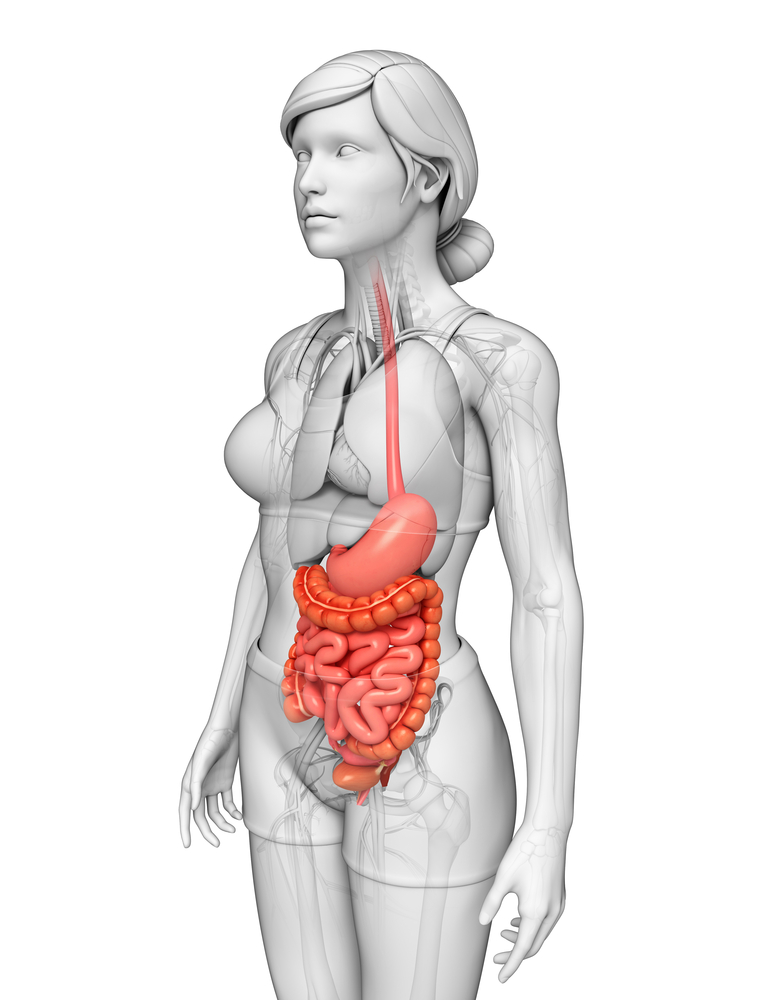In a recent study entitled “An endogenous nano mineral chaperones luminal antigen and peptidoglycan to intestinal immune cells,” researchers discovered that epithelial cells within the small intestine secrete nanoparticles to capture and expose to intestinal immune cells the content of the gut cavity. This mechanism is potentially key at maintaining immune tolerance within the intestine and prevent inflammatory bowel disease. The study was published in the journal Nature Nanotechnology.
A single layer of epithelial cells covers the mammalian small intestine, and it has long been established that these cells secrete calcium and phosphate ions into the intestinal lumen cavity (the space inside the intestine where food travels). However, it remained unknown why this secretion occurs.
A research team in the Biomineral Research Group at the MRC Human Nutrition Research Department, Cambridge UK decided to tackle the issue. They observed that the secreted nanoparticles incorporate molecules that are passing in and out of the gut lumen (such as bacteria proteins and food molecules) and are then “presented” to immune cells in the intestine epithelia, particularly in a structure called Peyer’s patches (a key structure responsible for local immunosensing and surveillance within the intestine, considered as the immune sensors of the intestine). This mechanism is crucial to maintaining homeostasis in the intestine and inducing immune tolerance to commensal bacteria and food, preventing inflammatory disease such as Crohn’s disease.
Dr Laetitia Pele, the study senior author noted, “This novel mechanism sheds some light on how the gut conducts immune surveillance and develops tolerance to its surrounding environment. We are investigating whether dysfunction in this process plays a role in the debilitating intestinal disorder Crohn’s disease.”
Dr Jonathan Powell, study lead author and principal investigator of the Biomineral Research group added, “It is exciting because this is the first time that the human body has been shown to produce its own functional nanoparticles without an obvious scaffold. The mechanism of antigen capture and delivery in the intestine may have resonances with calcium phosphate particles found in breast milk: perhaps these perform the same function for the infant gastro-intestinal tract. This opens up novel area of research in the gut and immune function.”

